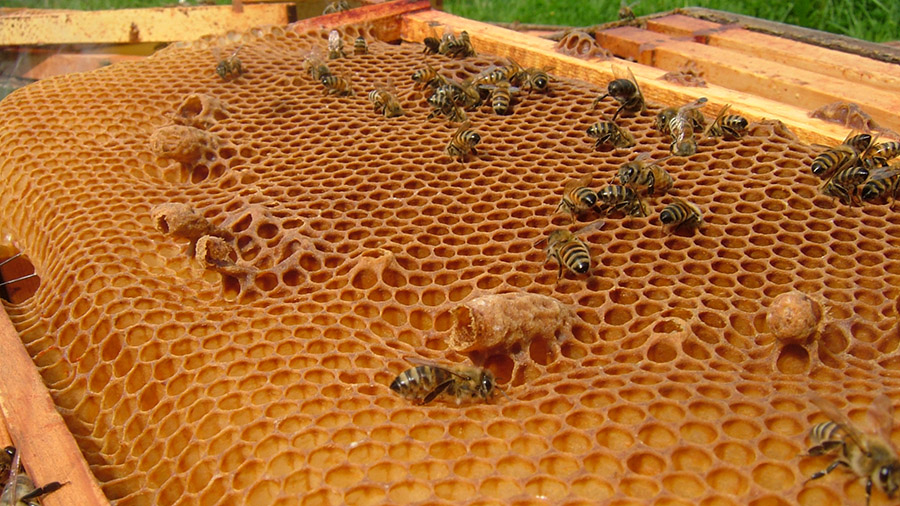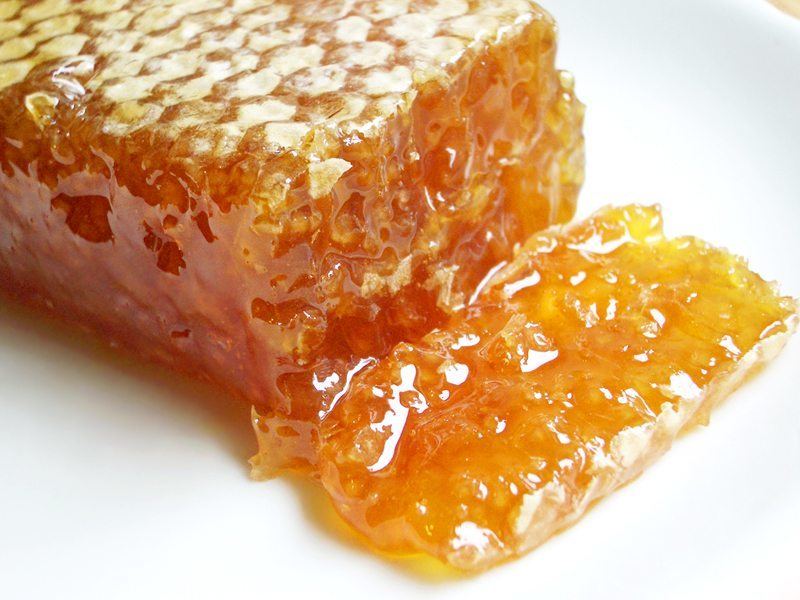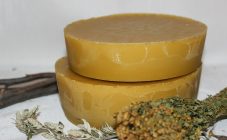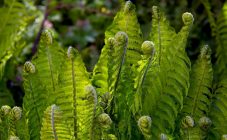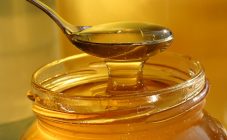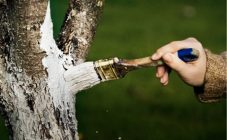Bee fragrant honey from honeycombs is familiar and loved by many. There is a doubt whether it is possible to eat honeycomb wax, how and how much to eat it, so as not to harm your health.
Benefit
Thanks to the beneficial properties of natural beekeeping products, the doubt whether it is possible to eat beeswax with honey is dispelled, and the answer is obvious.
Honeycomb wax has a complex biochemical composition. Its regular use saturates the body:
- ü irreplaceable microelements,
- ü amino acids,
- ü natural antibiotics,
- ü carbohydrates that provide vital energy.
Honeycomb wax has:
- Bactericidal action. If you chew it daily, you can cure inflammation of the throat, gums and mouth (stomatitis, caries, bleeding gums), prolonged runny nose.
- Strengthening effect on immunity. Increases the body's endurance.
- Calming effect on the central nervous system. Prevents stress and depression.
- It helps to improve metabolic processes, normalize blood pressure, cleanse blood vessels and prevent the formation of sclerotic plaques.
It is advisable to carry out beeswax therapy after prior consultation with a therapist (gastroenterologist).
Harm
Potential harm can occur if the recommended dosages are exceeded, wax is swallowed in case of gastrointestinal diseases. A delicate bee product can harm people who are allergic to bee products.
Contraindications
Despite the positive properties of beeswax, its use is contraindicated:
- People prone to allergic reactions.
- Pregnant and breastfeeding women. Because bee products are strong allergens and should be avoided during this period.
- Patients with diabetes. Hereditary predisposition to the disease. With an increase in blood sugar, it is recommended to take no more than 0.5 tsp. honey per day.
- Patients in the advanced stages of cancer.
- Patients with gastrointestinal diseases (ulcers, gastritis), kidney stones and gall bladder.
If there are contraindications, it is recommended to consult a doctor who can confirm or deny the possibility of using wax.
Effects
Lovers of honey are afraid to swallow wax and are convinced that if it is eaten, intestinal blockage and gas formation are possible. In fact, if a healthy person swallows this product in small portions and no more than 2 times a day, then this will bring more benefit than harm. Swallowed wax, when it enters the intestine, removes toxic compounds, toxins, mucus from it, thereby cleansing it and improving the functioning of the whole organism.
A consultation with a gastroenterologist will help clarify whether it is possible to swallow beeswax from a honeycomb with honey.
Consuming honey in combs
To get the most out of using honey in combs, it is important to extract it correctly, while maintaining all the beneficial properties. During the detachment of honey from the honeycomb, the layer of propolis, bee bread, pollen and wax should detach together with honey, and not remain at the bottom of the cell.
To do this, the honeycomb is cut into portions or simply broken off and eaten. You need to chew slowly, chewing thoroughly for about 10-15 minutes. The remaining mixture can be swallowed or spit out. You can also chew the wax like regular chewing gum.
Rules for using honey in combs with wax:
- Compliance with the daily rate. Adults are recommended to eat 50-150 gr. product, children over 3 years old - 10-25 gr.
- It is recommended to eat the product on an empty stomach to tone up the body, fill it with energy, vigor and useful compounds.
- Honey in combs with wax can be poured with warm milk and drunk before bed. The honeycomb wax should be chewed slowly, which helps calm the nervous system, relieve tension and fatigue, and promote faster and stronger sleep.
Beekeeping products that enter the body saturate it with useful substances, strengthen the immune system. Thus, the answer to the question "is it possible to swallow wax when eating honey in combs" is obvious.
Honeycomb with wax
Contraindications for eating honey in combs together with wax are:
- Propensity for allergic reactions.
- Insulin-dependent diabetes mellitus.
- Diseases of the gastrointestinal tract (ulcer, erosion).
- Oncological disease.
Beeswax is used:
- ¾ For diseases in the oral cavity (stomatitis, gingvitis).
- ¾ For the treatment of the common cold. Chewing wax improves the flow of mucus from the nasal passage, makes it easier to breathe through the nose, and improves overall well-being.
- ¾ For the treatment of gastrointestinal diseases. Chewing beeswax improves the secretion in the esophagus, increases appetite (especially in children).
- ¾ For problems with blood pressure.
- ¾ To accelerate the healing of wounds on the mucous membranes of the mouth, stomach and intestines.
- ¾ Accelerates metabolic processes, restores immunity.
- ¾ For the manufacture of cosmetics. This bee product is plastic, has a softening effect on dry skin, regenerates it, restores elasticity and saturates it with vitamins and microelements. Therefore, face or hand creams based on it are an indispensable tool for daily care, prolonging the youth and beauty of the skin.
Regular and moderate consumption of honey with honeycomb and wax improves the condition of the body, saturating it with useful trace elements and vitamins. To prevent negative consequences, it is recommended to consult a general practitioner or gastroenterologist before using it. Beekeeping products should be taken especially carefully with existing contraindications.
